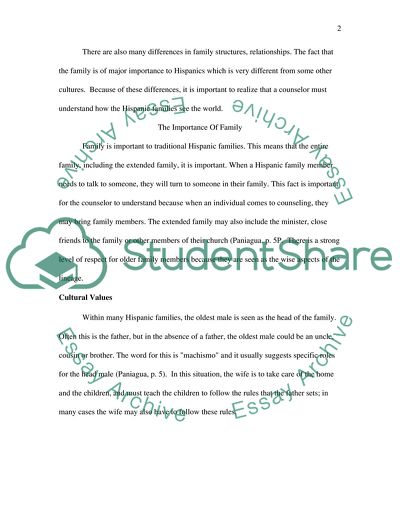Cite this document
(The Future of Health Care for Hispanics Research Paper, n.d.)
The Future of Health Care for Hispanics Research Paper. Retrieved from https://studentshare.org/health-sciences-medicine/1727923-assessment-and-treatment-of-hispancs
The Future of Health Care for Hispanics Research Paper. Retrieved from https://studentshare.org/health-sciences-medicine/1727923-assessment-and-treatment-of-hispancs
(The Future of Health Care for Hispanics Research Paper)
The Future of Health Care for Hispanics Research Paper. https://studentshare.org/health-sciences-medicine/1727923-assessment-and-treatment-of-hispancs.
The Future of Health Care for Hispanics Research Paper. https://studentshare.org/health-sciences-medicine/1727923-assessment-and-treatment-of-hispancs.
“The Future of Health Care for Hispanics Research Paper”, n.d. https://studentshare.org/health-sciences-medicine/1727923-assessment-and-treatment-of-hispancs.


